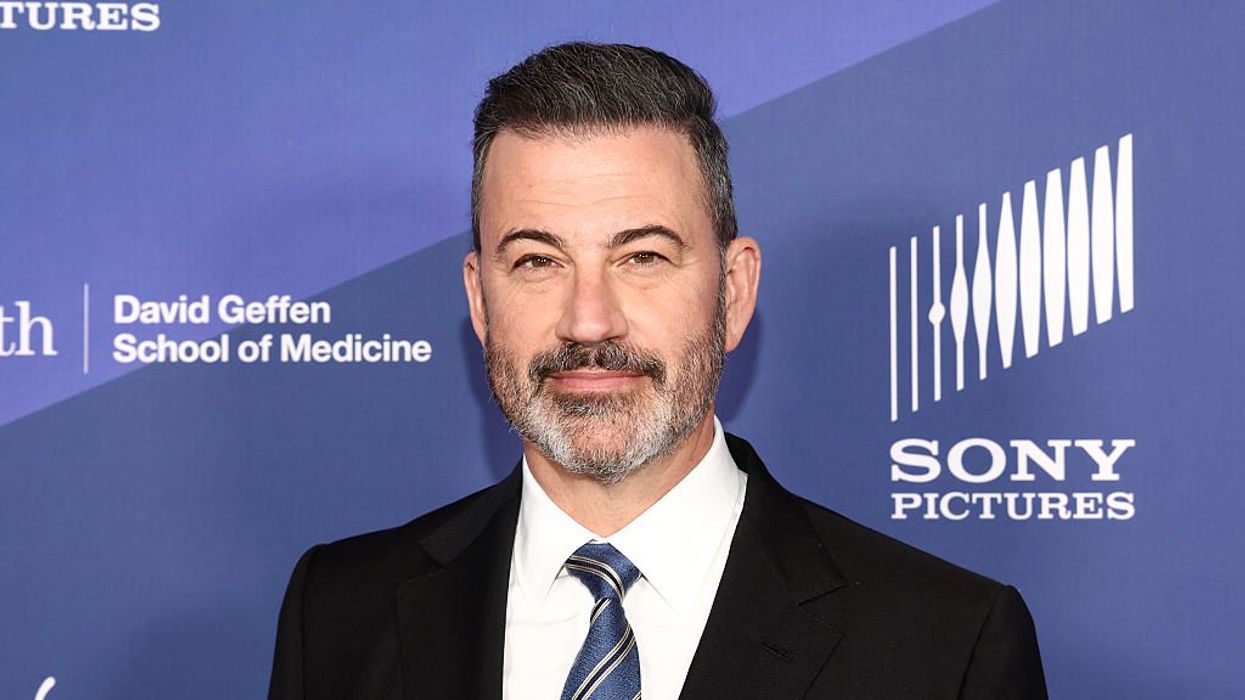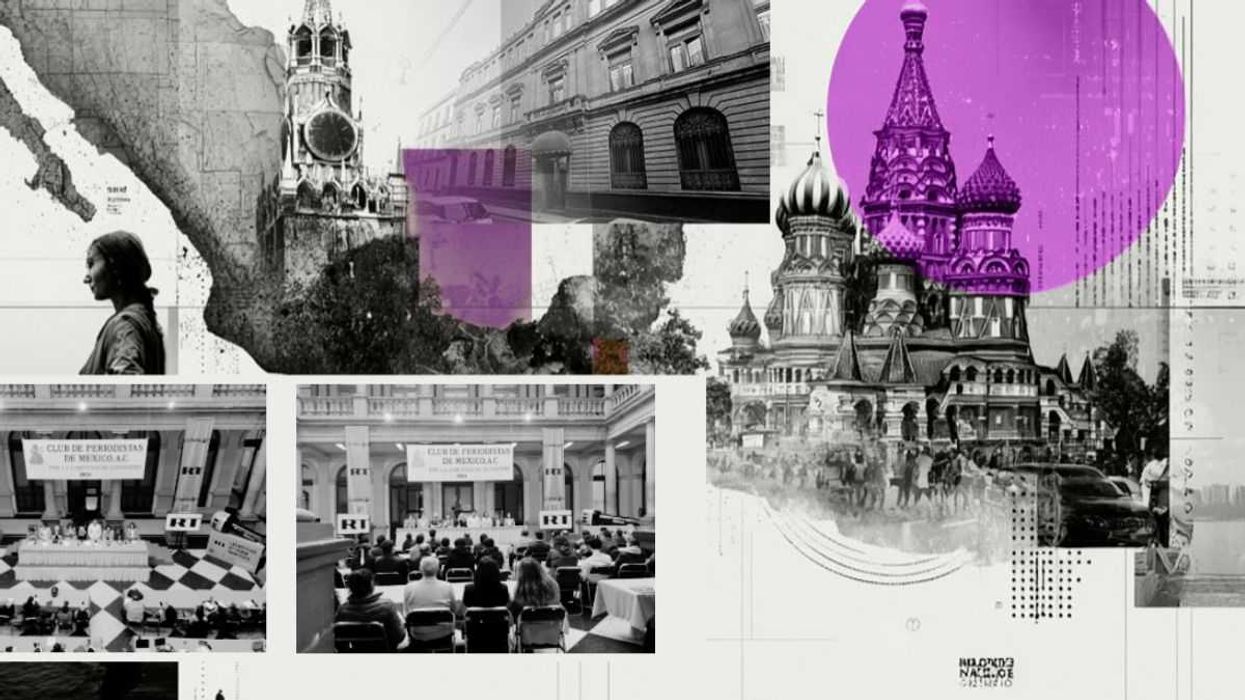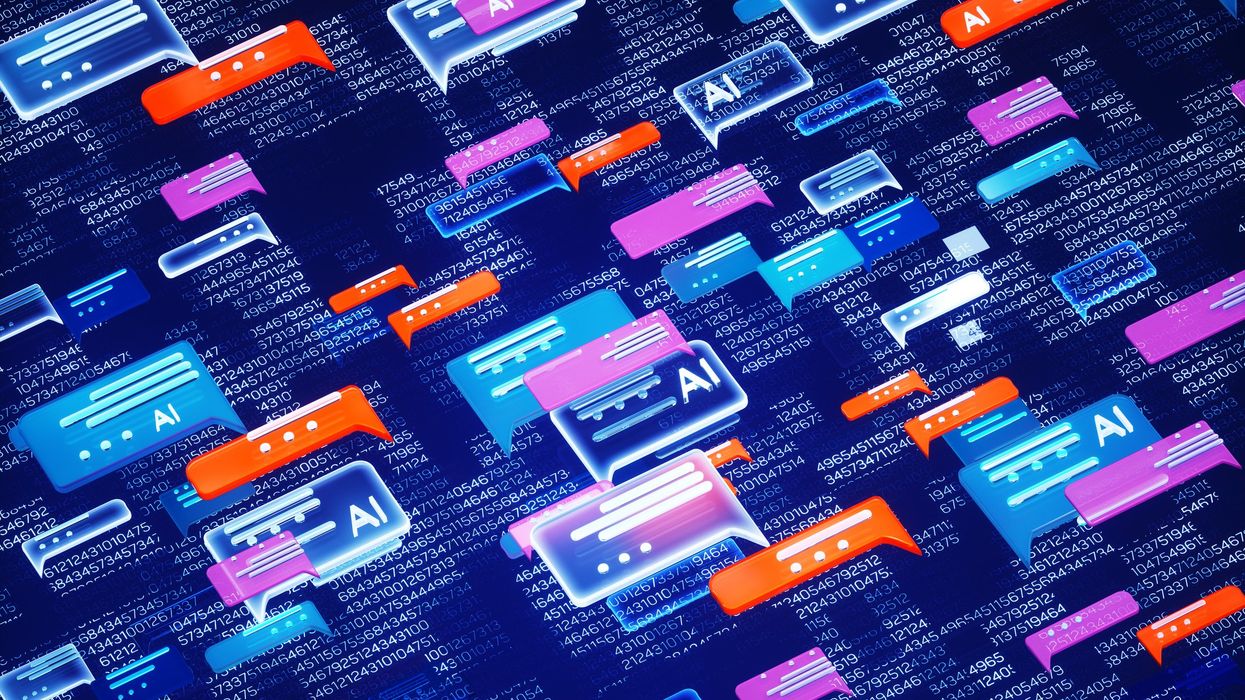On a recent Tuesday night, viewers tuned in expecting the usual rhythm of late-night comedy: sharp jokes, a celebrity guest, and some comic relief before bed. Instead, they were met with silence. Jimmy Kimmel was yanked off the air after mocking Trump’s response to Charlie Kirk’s assassination, his remarks branded “offensive” by federal officials. Stephen Colbert fared no better. After skewering Trump’s wealth and his strongman posturing, his show was abruptly suspended. The message was unmistakable: any criticism of the president could now be grounds for cancellation.
These weren’t ratings decisions or advertiser tantrums. They were acts of political pressure. Regulators threatened fines and hinted at license reviews if the jokes continued. A hallmark of American democracy, the freedom to mock the powerful, was suddenly treated as a form of censorship.
The pattern is clear. While Americans mourn Charlie Kirk, the White House has seized the moment to justify state-backed policing of speech. What began as political point-scoring in the aftermath of tragedy has escalated into something darker: a government deciding which voices may speak and which must be silenced. It is the kind of inversion George Orwell warned about more than 70 years ago, when he described how authoritarian regimes twist language and law to criminalize dissent and turn truth-tellers into “enemies of the state,” a term Trump has frequently used about his opponents.
From Jokes to “Consequence Culture”
The White House calls this censorship “consequence culture,” as though silencing comedians were no different from a bad Yelp review. But government pressure is not the same as social backlash. When federal regulators suggest that mocking the president could result in a network losing its license, satire becomes a high-risk act. What happened to Kimmel and Colbert was not the free market at work; it was the heavy hand of the state punishing those who ridiculed it. And it raises an obvious question: what, really, is the difference between this so-called consequence culture and the cancel culture the Right has long railed against on college campuses and social media?
For decades, conservatives have defended controversial speech in the name of liberty, even arguing that businesses have the right to refuse service when speech violates their values. Now, the same movement demands that businesses punish dissenting voices, with the government holding the stick. The principle has flipped: what once was a defense of expression has become a crusade to police it.
From Free Expression to “Hate Speech” Policing
The next step has been even more alarming. Trump allies like Attorney General Pam Bondi have argued that, in the wake of Kirk’s murder, the government must draw a hard line between free speech and so-called hate speech. But the Constitution recognizes no such exception. The Supreme Court has repeatedly affirmed that even offensive or hateful speech remains protected. Bondi’s suggestion that prosecutors could target citizens for saying the wrong thing was not just careless; it was unconstitutional.
The danger lies in how easily this logic can be turned into a weapon. Who decides what counts as “hate”? In practice, it has meant singling out Trump’s critics. The same administration that insists offensive comedy is beyond the pale has no trouble encouraging chants of “lock her up,” tolerating online mobs that target journalists, or pushing to whitewash the actions of January 6 insurrectionists. The hypocrisy is glaring: the definition of hate shifts depending on who wields the power. As Orwell put it, when words can be bent to suit those in charge, they cease to describe reality and instead become tools of control. There is no place for a “might makes right” doctrine in a working democracy.
Historical Warnings Ignored
What is happening now is not a new phenomenon. In the wake of the First Red Scare of the 1910s and 1920s, immigrants and labor organizers were jailed or deported simply for their beliefs. In the 1950s, during the height of McCarthyism, careers were destroyed and reputations ruined because officials branded political dissent as subversion. More recently, after 9/11, the rush to equate criticism of U.S. foreign policy with disloyalty created a climate where speaking out carried heavy costs. Each episode shows how quickly fear can be weaponized to silence unpopular views.
The same dynamic is resurfacing. By branding criticism as “hate” and satire as a threat to public order, the Trump White House is following a familiar script: cast opponents as dangerous, use national trauma as justification, and shrink the space for debate. Each restriction on speech narrows not only the freedom of the speaker but also the imagination of the society listening. Democracy cannot survive when its citizens are told there are truths too dangerous to utter.
Civic Consequences
The cultural costs are beginning to show. Polling data reveal that while a large majority of Americans still oppose violence as a way to silence speech, support for robust free expression is weakening among younger generations. Nearly 93 percent of baby boomers say violence is never acceptable to stop speech, compared with only 58 percent of Gen Z. That generational slide suggests a dangerous erosion of the norm that words must be met with words, not fists or bullets.
The government’s campaign against dissent only deepens the decline. When comedians are punished, journalists intimidated, and classrooms policed, the message to citizens is clear: free expression is conditional, existing only at the mercy of those in power. The effect is chilling. Fewer people are willing to speak, fewer perspectives reach the public square, and civic culture strains under the weight of fear. The First Amendment is more than a legal guarantee; it is a social contract. Break that contract, and democracy begins to unravel like an old garment, slowly at first and then all at once.
Conclusion: The Cost of Silence
As Orwell reminded us, authoritarian systems thrive not on noise but on silence. His warnings about the manipulation of language and enforced conformity are particularly relevant here.
The silencing of Kimmel and Colbert is more than a dispute over satire; it is a broader issue. It is a warning sign that America is sliding toward a system where speech exists only at the discretion of those in power. History shows where that road leads: to conformity, fear, and the decay of democracy. If free expression can be curbed in the name of order, no voice is safe, from comedians on television to citizens in the town square.
Defending free speech is not about endorsing every word uttered; it is about protecting the principle that a democracy cannot function without open and dissenting voices. The challenge now is to resist the temptation of enforced civility and remember that liberty is measured not by how we treat speech we like, but by how we tolerate the words we despise. The moment we forget that, we risk trading a noisy, argumentative democracy for something far quieter, and far more dangerous, a silence that Orwell warned was the language of authoritarianism.
Robert Cropf is a professor of political science at Saint Louis University.





















A deep look at how "All in the Family" remains a striking mirror of American politics, class tensions, and cultural manipulation—proving its relevance decades later.
All in This American Family
There are a few shows that have aged as eerily well as All in the Family.
It’s not just that it’s still funny and has the feel not of a sit-com, but of unpretentious, working-class theatre. It’s that, decades later, it remains one of the clearest windows into the American psyche. Archie Bunker’s living room has been, as it were, a small stage on which the country has been working through the same contradictions, anxieties, and unresolved traumas that still shape our politics today. The manipulation of the working class, the pitting of neighbor against neighbor, the scapegoating of the vulnerable, the quiet cruelties baked into everyday life—all of it is still here with us. We like to reassure ourselves that we’ve progressed since the early 1970s, but watching the show now forces an unsettling recognition: The structural forces that shaped Archie’s world have barely budged. The same tactics of distraction and division deployed by elites back then are still deployed now, except more efficiently, more sleekly.
Archie himself is the perfect vessel for this continuity. He is bigoted, blustery, reactive, but he is also wounded, anxious, and constantly misled by forces above and beyond him. Norman Lear created Archie not as a monster to be hated (Lear’s genius was to make Archie lovable despite his loathsome stands), but as a man trapped by the political economy of his era: A union worker who feels his country slipping away, yet cannot see the hands that are actually moving it. His anger leaks sideways, onto immigrants, women, “hippies,” and anyone with less power than he has. The real villains—the wealthy, the connected, the manufacturers of grievance—remain safely and comfortably offscreen. That’s part of the show’s key insight: It reveals how elites thrive by making sure working people turn their frustrations against each other rather than upward.
Edith, often dismissed as naive or scatterbrained, functions as the show’s quiet moral center. Her compassion exposes the emotional void in Archie’s worldview and, in doing so, highlights the costs of the divisions that powerful interests cultivate. Meanwhile, Mike the “Meathead” represents a generation trying to break free from those divisions but often trapped in its own loud self-righteousness. Their clashes are not just family arguments but collisions between competing visions of America’s future. And those visions, tellingly, have yet to resolve themselves.
The political context of the show only sharpens its relevance. Premiering in 1971, All in the Family emerged during the Nixon years, when the “Silent Majority” strategy was weaponizing racial resentment, cultural panic, and working-class anxiety to cement power. Archie was a fictional embodiment of the very demographic Nixon sought to mobilize and manipulate. The show exposed, often bluntly, how economic insecurity was being rerouted into cultural hostility. Watching the show today, it’s impossible to miss how closely that logic mirrors the present, from right-wing media ecosystems to politicians who openly rely on stoking grievances rather than addressing root causes.
What makes the show unsettling today is that its satire feels less like a relic and more like a mirror. The demagogic impulses it spotlighted have simply found new platforms. The working-class anger it dramatized has been harvested by political operatives who, like their 1970s predecessors, depend on division to maintain power. The very cultural debates that fueled Archie’s tirades — about immigration, gender roles, race, and national identity—are still being used as tools to distract from wealth concentration and political manipulation.
If anything, the divisions are sharper now because the mechanisms of manipulation are more sophisticated, for much has been learned by The Machine. The same emotional raw material Lear mined for comedy is now algorithmically optimized for outrage. The same social fractures that played out around Archie’s kitchen table now play out on a scale he couldn’t have imagined. But the underlying dynamics haven’t changed at all.
That is why All in the Family feels so contemporary. The country Lear dissected never healed or meaningfully evolved: It simply changed wardrobe. The tensions, prejudices, and insecurities remain, not because individuals failed to grow but because the economic and political forces that thrive on division have only become more entrenched. Until we confront the political economy that kept Archie and Michael locked in an endless loop of circular bickering, the show will remain painfully relevant for another fifty years.
Ahmed Bouzid is the co-founder of The True Representation Movement.